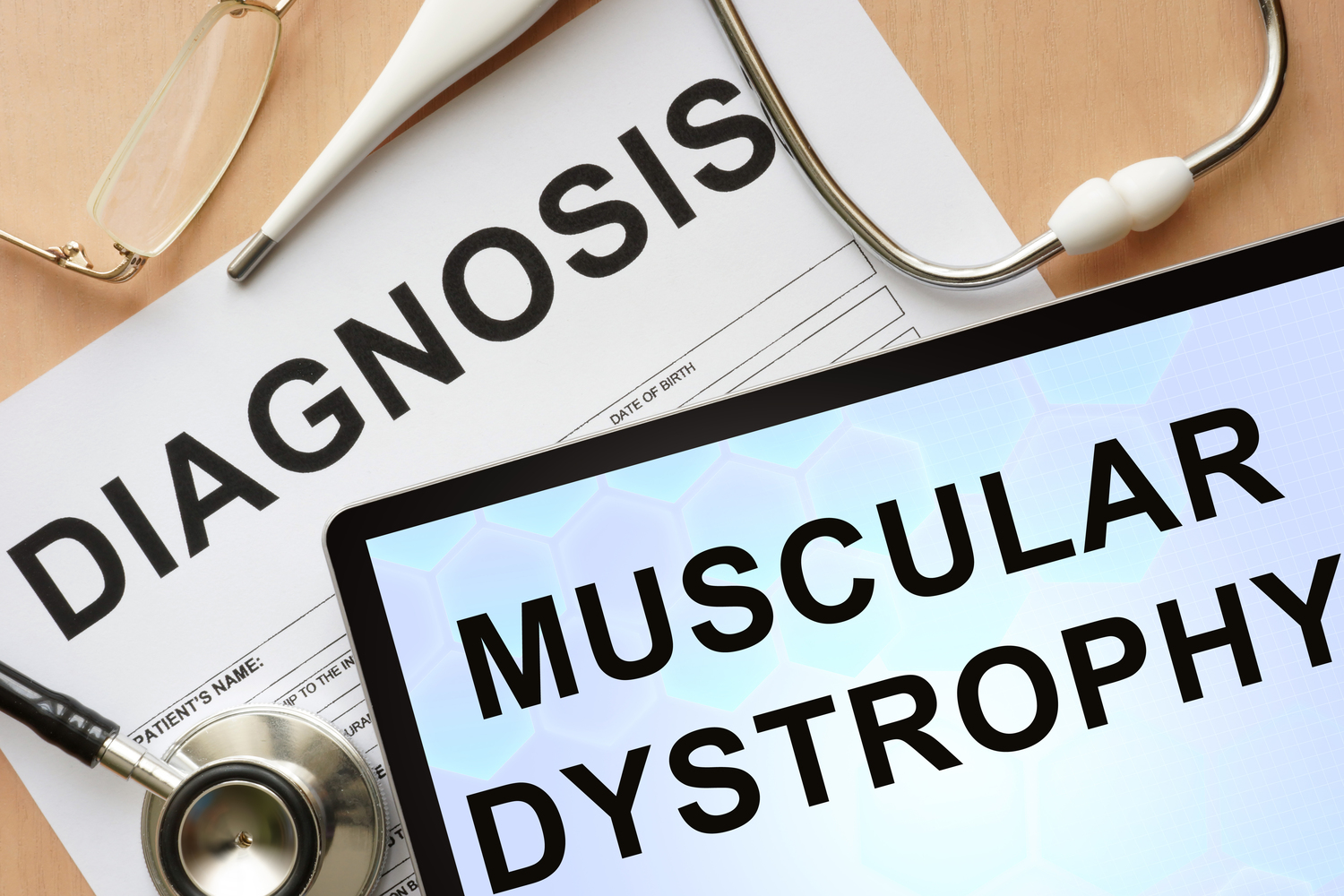
All that you need to know about muscular dystrophy
A muscular dystrophy is a group of disorders affecting the muscles that control our movements. It occurs when the voluntary muscles in our body become weaker progressively. There over 30 different forms of muscular dystrophy that affects the muscles in the different area of the body. Each of these forms shows different signs and symptoms that tend to appear at different ages. Most people with muscular dystrophy lose their ability to move around and are confined to a wheelchair as the disease progresses.
The main cause of muscular dystrophy is mutations in the X chromosomes. The type of muscular dystrophy one has depends on which set of chromosomes have the mutations. However, all of these mutations prevent the production of dystrophin, a protein responsible for building and repairing muscles.
Symptoms of muscular dystrophy
The most common sign and symptom of muscular dystrophy is the progressive weakness of the muscles. Each form of muscular dystrophy leads to different symptoms that begin at different ages. Below are the most common types of muscular dystrophy and their common symptoms.
- Duchenne muscular dystrophy
The signs and symptoms of this form of muscular dystrophy may appear in early childhood. These include – frequent falling, muscle pain, muscle stiffness, walking on the toes, trouble with running and jumping, learning disabilities, large calf muscles, and a waddling gait. - Becker muscular dystrophy
This condition has symptoms similar to that of Duchenne but are milder and progress more slowly with symptoms appearing in the teens or in soma cases even the mid-20s. - Congenital muscular dystrophy
The symptoms appear can appear anytime between the birth and until the child turns two. Symptoms include vision and speech problems, trouble with swallowing, poor motor control, muscle weakness, respiratory issues, intellectual impairment, foot deformities and an inability to sit or stand without any support. - Myotonic dystrophy
This form of muscular dystrophy causes myotonia, wherein the muscles don’t relax after use. They remain stiff and tend to spasm. The common symptoms are droopy eyelids, droopy facial muscles, poor vision, weight loss, difficulty with swallowing, weak neck muscles and early baldness. - Facioscapulohumeral muscular dystrophy
This form of muscular dystrophy weakens the muscles in the face, shoulder blades and upper arms. The common signs and symptoms include the crooked mouth, difficulty with chewing and swallowing, slanted shoulders and a wing-like appearance of the shoulder blades. - Oculopharyngeal muscular dystrophy
This form of muscular dystrophy weakens the muscles in the face neck and shoulders. The common signs and symptoms include heart problems, changes in the voice, inability to swallow, droopy eyelids and walking difficulties. - Distal muscular dystrophy
This type of muscular dystrophy affects the muscles in the hands, forearms, calves, and feet. The common signs and symptoms include loss of motor skills and walking difficulty. Breathlessness and chest pain can also indicate distal muscular dystrophy. - Emery-Dreifuss muscular dystrophy
This form of dystrophy begins to show symptoms from early childhood. The common signs and symptoms include breathing problems, heart problems, weakness in the muscles in the upper arm and lower legs and shortening of muscles in the spine, neck, elbows, and ankles.



